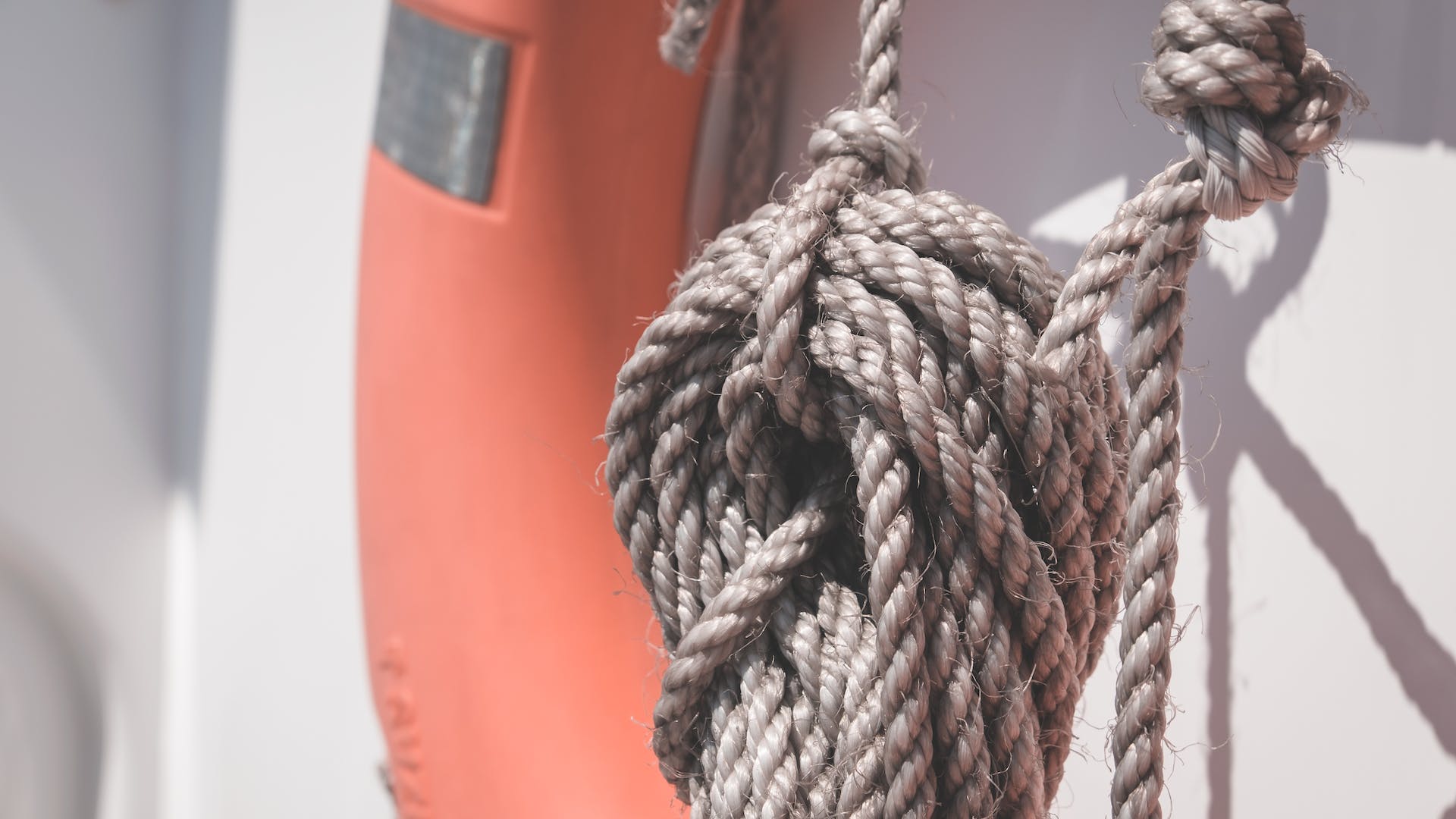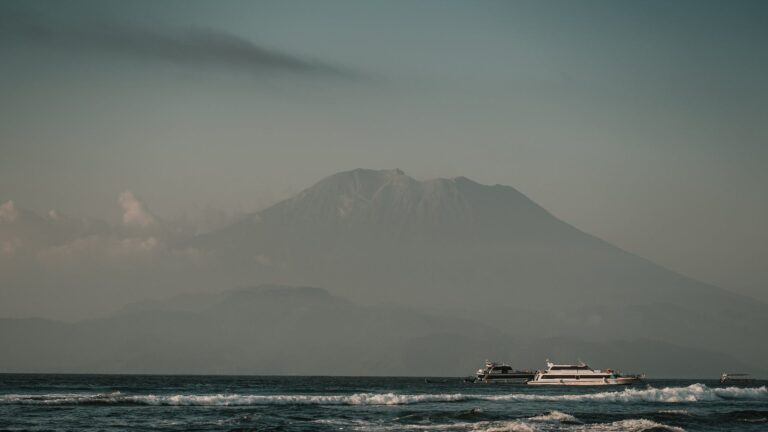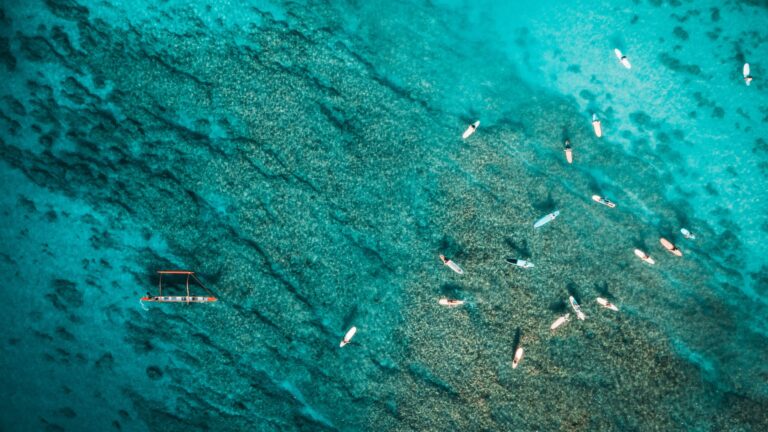What Is a Fish Haven On a Nautical Map?
Sailing has been around for centuries, and it is safe to say that it has become an important part of our society today. One of the most essential tools when it comes to sailing is the nautical map, which helps sailors locate their position and plan their route safely.
But there is more than just markers and coordinates on a nautical map, it also shows important features such as fish havens, which are artificial structures designed to attract fish and enhance their habitat.
In this article, we will discuss what a fish haven is, where they are located on nautical maps, the types of structures used in them, how they are constructed, their benefits for marine life, potential problems with them, and any regulations that must be followed in order to construct and maintain them properly.
What is a Fish Haven?
A fish haven is an artificial shelter made up of rocks, rubble, subway cars, ships, airplanes, specially designed concrete structures and other objects placed on the sea floor to attract fish and enhance their habitat.
They are often located near fishing ports or major coastal inlets where there is an abundance of food sources for the fish that inhabit them.
These shelters provide refuge from both natural predators as well as humans fishing in the area, they also act as breeding grounds for certain species of fish making them ideal spots for recreational anglers looking to catch larger catches than normal.
Advantages of Fish Havens
Fish havens have numerous advantages over traditional fishing methods such as bottom trawling or long-lining, by providing more protection for fish populations they can help prevent overfishing and allow populations to recover from depletion due to commercial fishing practices.
Additionally, these shelters can help reduce the impact of water pollution by providing refuge from contaminated areas and encouraging the growth of healthy coral reefs which act as natural filters for toxins found in the water column surrounding them.
Lastly, by offering recreational fisherman access to larger catches than normal they can bring in much needed revenue to local communities through tourism dollars spent on guided trips or tackle purchases at local businesses near these havens.
Where to Locate Fish Havens on a Nautical Map
Fish havens can be found on nautical maps by looking for areas that have an abundance of food sources such as plankton blooms or large schools of baitfish swimming near the surface, these places usually have higher concentrations of larger predatory species looking to take advantage of the available food sources so locating them can be relatively easy if you know what you’re looking for.
Additionally, you may be able to spot these havens by looking at depth contours or bottom features such as ridges or drop offs since these types of areas are often favored by many species due to their protection from currents or waves that could otherwise wash away eggs or larvae from newly spawned fish populations inhabiting them.
Types Of Structures Used In Fish Havens
Fish havens can be made from any type of material that can provide protection from predators while still allowing enough light and oxygen into the structure so that organisms living within it can thrive, some common materials used include rocks, rubble (such as old ships), subway cars (which provide excellent sheltering opportunities), airplanes (which offer protection from predators above while still providing enough light below), specially designed concrete structures (which are extremely durable but still allow enough light through) and other objects placed strategically on the sea floor such as PVC pipes or wooden pallets (which offer additional hiding spots).
How Are Fish Havens Constructed?
The construction process typically involves placing large pieces of material onto the sea floor first before smaller pieces are added around them until they form a sturdy structure, this ensures that any animals living within it have protection from predators while still being able to receive enough oxygen and light so they can thrive within its confines.
Depending upon what materials are used some additional steps may need to be taken such as using epoxy glue or welding equipment when working with metal objects in order ensure everything stays securely attached together once its submerged beneath the surface.
Benefits Of Fish Havens For Marine Life
Fish havens provide numerous benefits for marine life, not only do they provide refuge from predators but they also allow fish populations inhabiting them access to more food sources which increases their growth rates exponentially compared to traditional fishing methods like bottom trawling or long-lining which often deplete entire ecosystems due to overfishing practices, additionally these shelters offer protection from water pollution which helps keep water quality levels high thus encouraging healthy coral reef growth which further adds value marine life living near these havens by providing cleaner waters with more abundant food sources than those found outside its boundaries.
Potential Problems With Fish Havens
Despite all these benefits there are some potential problems associated with constructing fish havens, one issue is that some species may become too comfortable living within its confines making it difficult for recreational anglers trying to catch them since they don’t have access outside its boundaries, another issue arises if too many structures are built too close together since this could lead overcrowding amongst certain species which could lead increased competition amongst them leading potentially decrease in overall population numbers if not managed properly.
Regulations For Constructing And Maintaining Fish Havens
Due to all these potential problems with constructing fish havens there are several regulations set forth by various government agencies regarding how many structures must be built per area along with how closely spaced together they must remain in order ensure adequate spacing between individual structures, additionally all material used must meet certain requirements regarding durability so that it does not deteriorate quickly once submerged beneath the surface requiring frequent replacements.
Conclusion
In conclusion we can see why fish havens have become so popular amongst recreational anglers over traditional fishing methods like bottom trawling or long-lining due all their numerous benefits such as providing refuge from natural predators while also allowing access larger catches than normal thus helping support local economies through increased tourism dollars spent at local businesses near these shelters, however we must also keep in mind potential problems associated with constructing too many structures too closely together which could lead overcrowding amongst certain species resulting decreased population numbers if not managed properly.


![sailing-rerig-sailboat-cost-boat How Much Does It Cost To Rerig a Sailboat?[Editing Required]](https://challengedamerica.org/wp-content/uploads/2023/02/sailing-rerig-sailboat-cost-boat-768x432.jpg)



![halyard-sheet-outhaul What Are The Three Main Controls For The Main Sail?[Editing Required]](https://challengedamerica.org/wp-content/uploads/2023/02/halyard-sheet-outhaul-768x432.jpg)
